Selection of the most interesting space news over the past week: Chinese cosmonauts lit a fire on the orbital station, the first fine for space debris was issued in the United States, and we talk about how to make money on satellites.
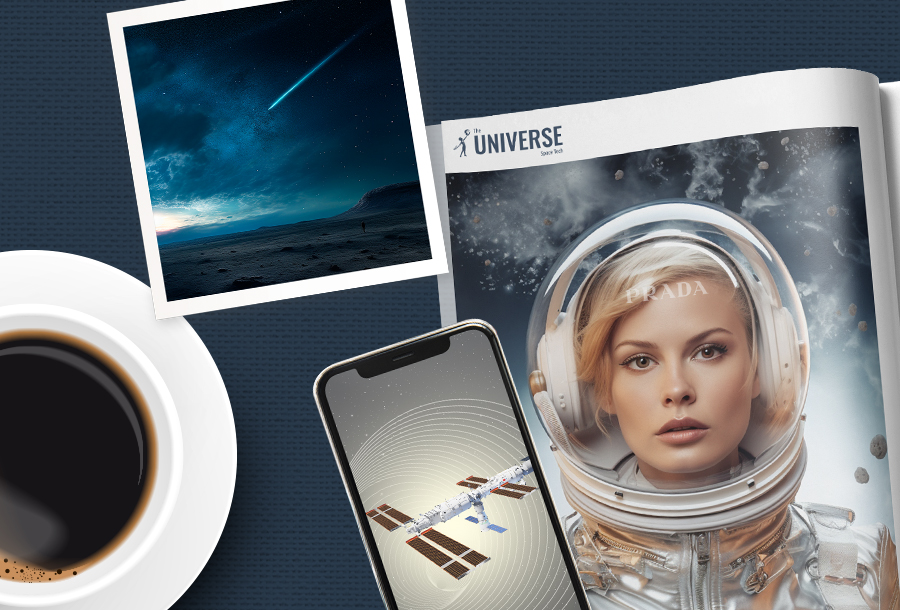
Prada will help develop lunar spacesuits
Axiom Space and Prada announced the beginning of cooperation in the development of a spacesuit for the Artemis program. Astronauts should start using them on the Moon from the third mission.
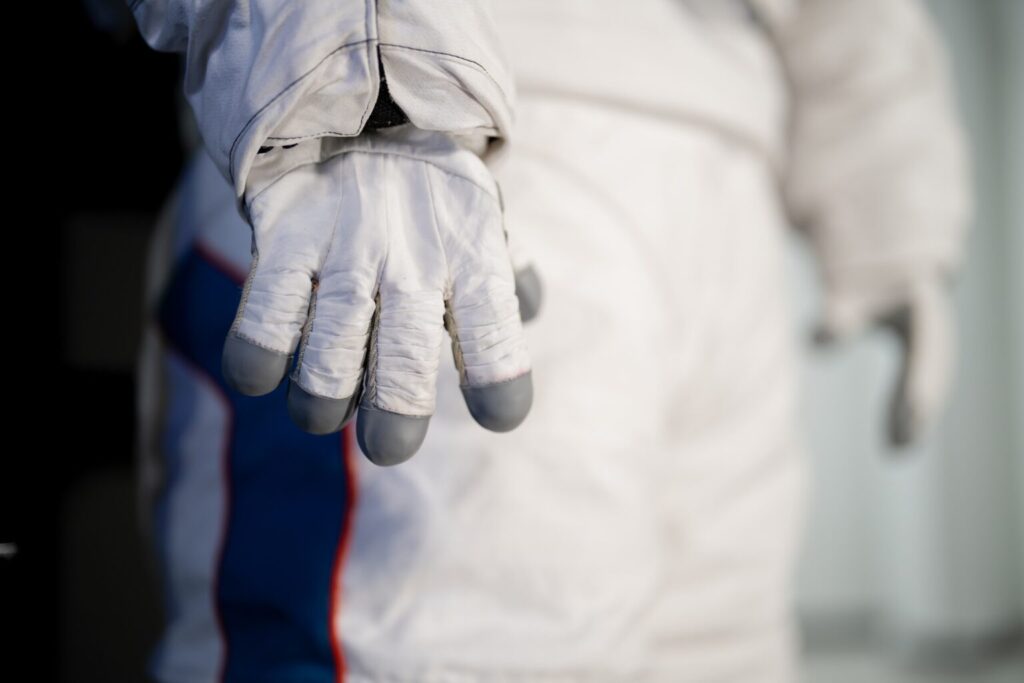
Although Prada is primarily associated with high fashion, it has quite a rich experience in creating technologically advanced things and working with composite materials. That’s why Axiom Space turned to it for help. It is expected that Prada will be able to develop a spacesuit design that will protect the astronaut of the Artemis missions from all negative environmental factors, including lunar dust, without limiting mobility. In addition, the spacesuit should be very light.
Playing with fire at the Chinese orbital station
Two taikonauts (Chinese astronauts) on board China’s Tiangong space station carried out an experiment that seemed to be absolutely meaningless. They lit a candle with a match during a live broadcast.
Lighting a match is a simple task on our planet, but in zero gravity, this procedure is much more complicated and carries serious risks. The purpose of the dangerous experiment was to help researchers better understand the behavior of fire in microgravity. On Earth, when we light a candle, hot air rises, forming a characteristic flame shape. However, in space, this process occurs differently — the flame dissipates in all directions, forming a kind of sphere. This was demonstrated during the experiment.
Comet Nishimura lost its tail
Comet Nishimura, which recently experienced a rapprochement with the Sun, collided with a coronal mass ejection. As the images taken by the STEREO-A spacecraft showed, this event led to the separation of its tail.
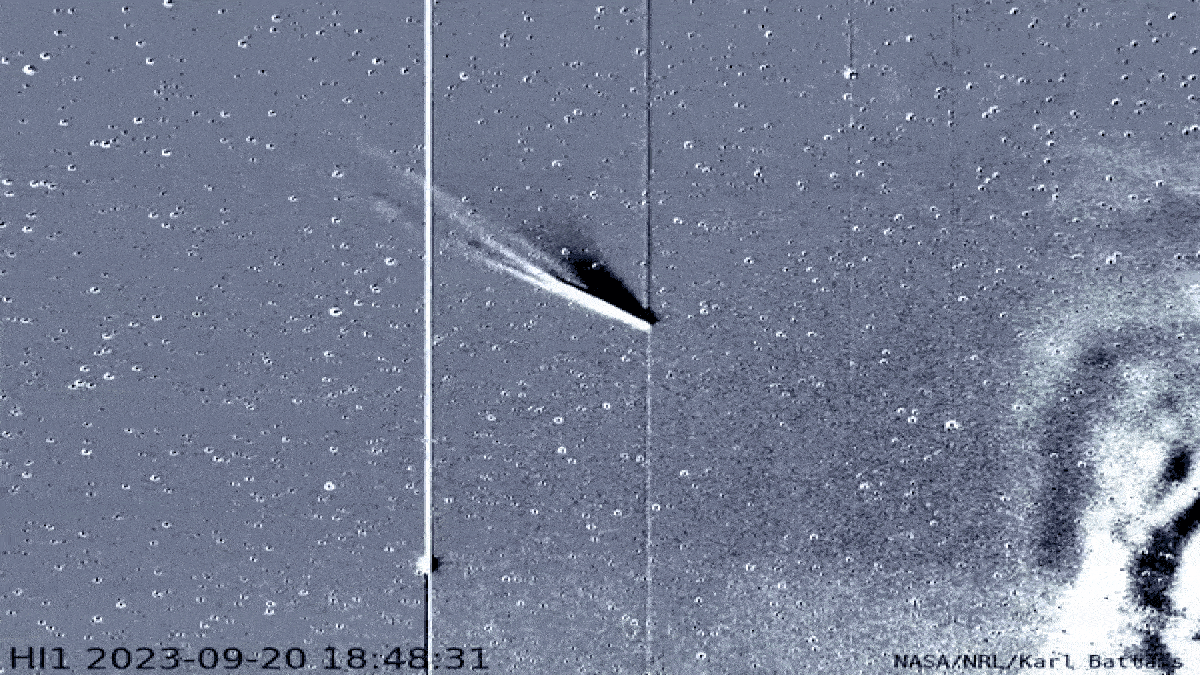
According to astrophysicist Karl Battams, this effect is temporary and absolutely safe for the comet. After separation, the tail will begin to “grow back” quickly.
The world’s largest radio telescope scanned Barnard’s star for the presence of an alien civilization
Chinese astronomers used a 500-meter FAST radio telescope to scan Barnard’s star, which is only six light-years from Earth. During the study, scientists focused their attention on narrow-band radiation that could be detected from an alien civilization if it sent radio signals to us.
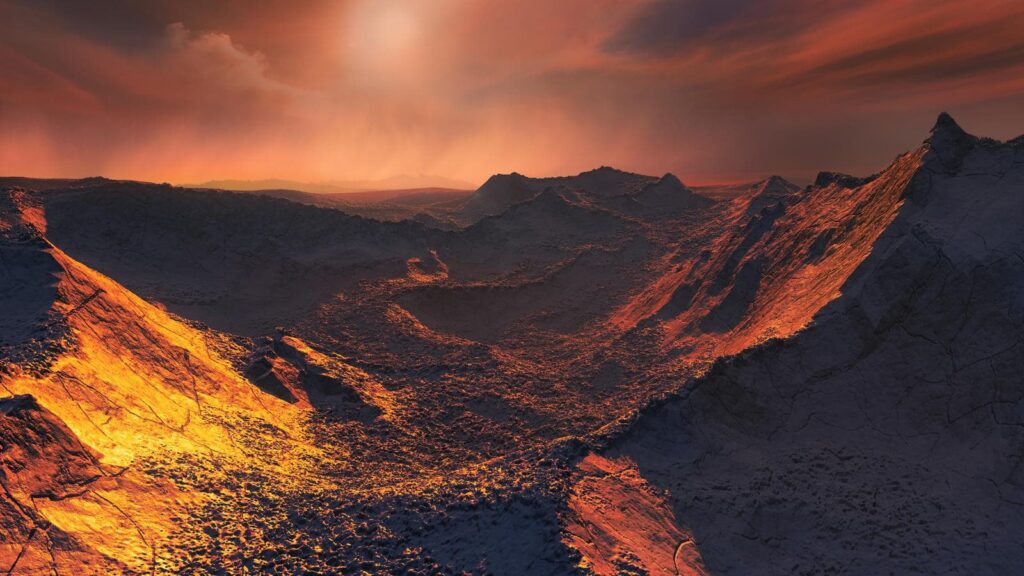
Unfortunately, the study did not bring any evidence of the existence of an alien civilization in this system. However, it was an important test of FAST’s capabilities. Future research aimed at neighboring stars with confirmed planets in habitable zones may have a better chance of success and bring us important discoveries in the search for intelligent life in space.
NASA shows the moment of separation of the OSIRIS-REx capsule
NASA published a video taken by the navigation camera of the OSIRIS-REx spacecraft. It demonstrates the moment of separation of the capsule with samples of the substance of the asteroid Bennu. This event occurred when OSIRIS-REx was at a distance of 102 thousand km from Earth.
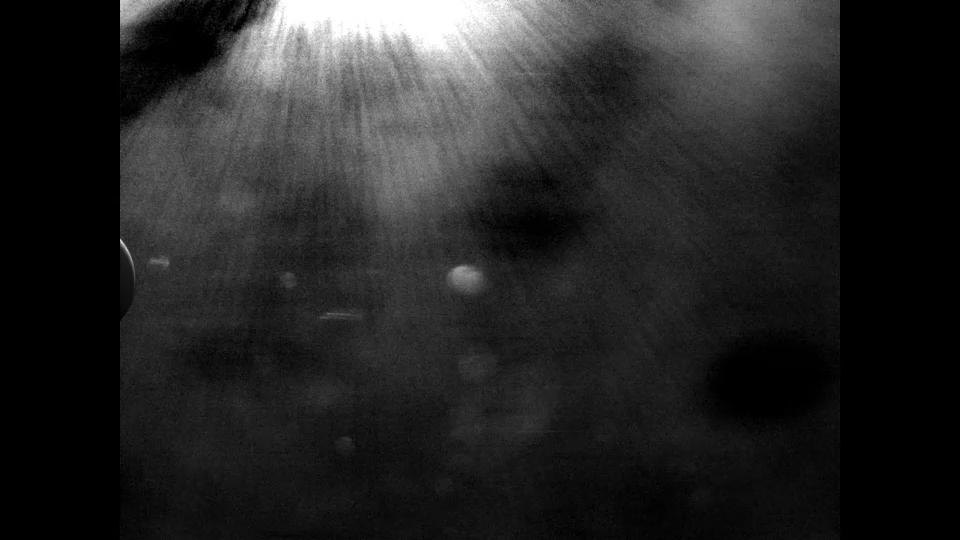
The Sun is visible in the upper part of the frame, and a thin crescent of Earth is visible at the left edge of the picture. The sequence of images was processed to remove most of the scattered sunlight, obtain more detailed images of the capsule and the cloud of particles formed at the time of its ejection, and prevent light saturation of the Earth’s crescent.
Photo of the week: Autumn colors of the Soul Nebula
The new photo obtained thanks to the Hubble Space Telescope reveals the beauty of space, where we can admire the incredible skill of nature to create magical objects. It shows a small area of the Westerhout 5 Nebula, also known as the Soul Nebula. It is located at a distance of about 7000 light-years from Earth. In the shining image, flooded with bright red light, you can see a lot of interesting objects, in particular a free-floating evaporating gas ball (frEGG). This is a small dark area in the shape of a tadpole in the upper left corner in the center.
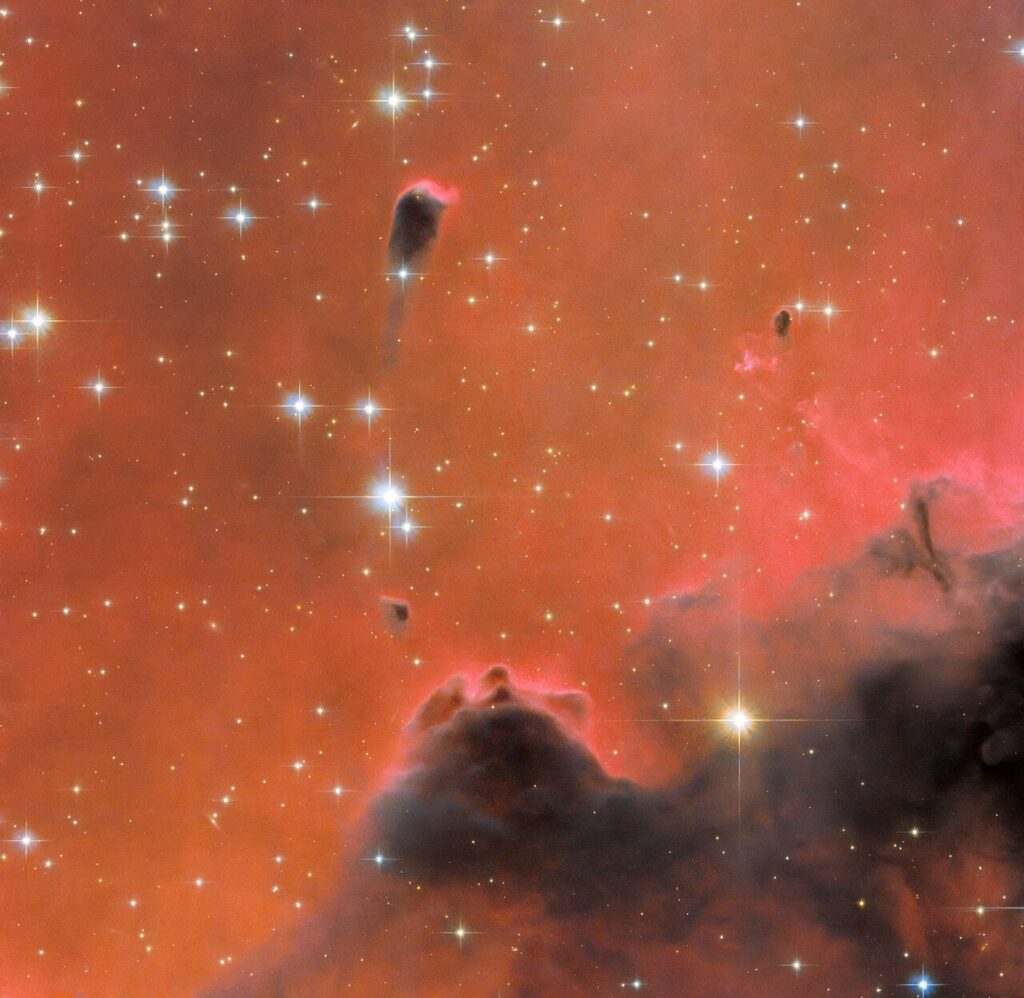
Interesting figure — 150 thousand dollars
150 thousand dollars. This is the amount of the first ever fine for uncollected space debris. Dish Network was the first to receive such a fine from the Federal Communications Commission (FCC) for the fact that it could not take its EchoStar-7 spacecraft into a burial orbit.
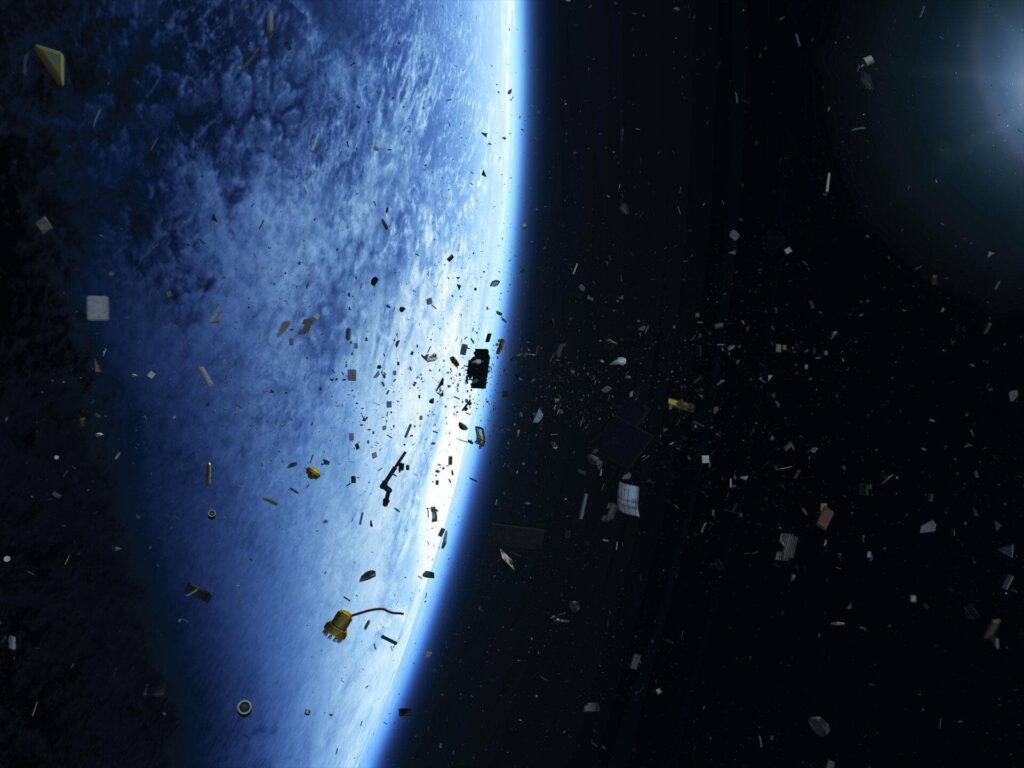
The EchoStar-7 satellite was launched in 2002 and was in geostationary orbit at a distance of about 35 thousand km from Earth. Dish Network was supposed to move the spacecraft 300 km higher, but after its deactivation in 2022, it lost fuel and was able to rise only 122 km. The inability to carry out the agreed maneuver led Dish Network to violate the terms of its FCC license, which resulted in a fine.
Something to read on the weekend
On October 4, humanity celebrated the next anniversary of the beginning of the space age. Despite the fact that 66 years have passed since the launch of the first satellite, the club of powers and organizations capable of independently launching cargo into orbit is still very small. This time, we have listed all of them.
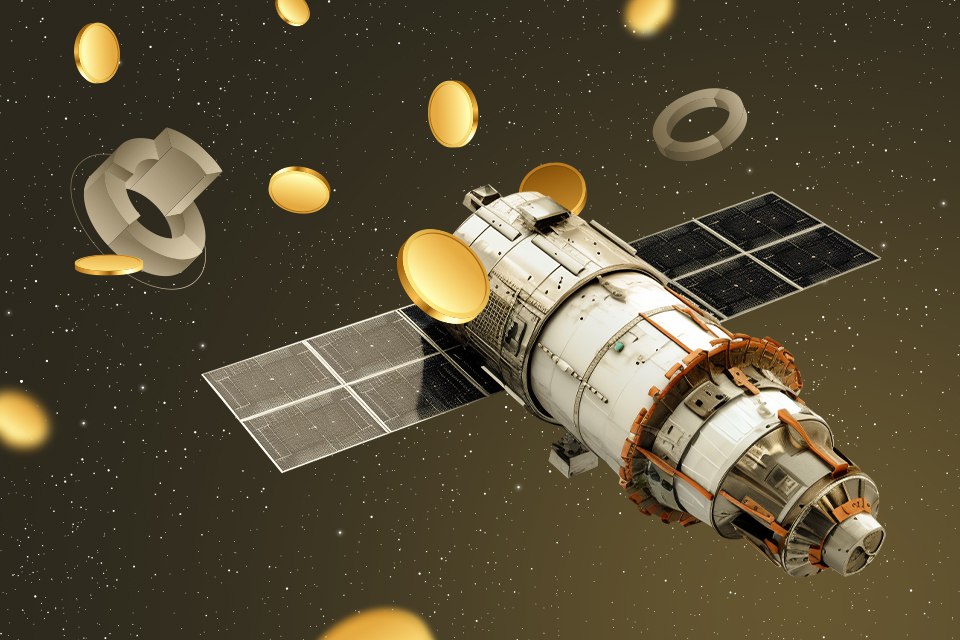
We also talk about how companies and states earn money from space. Our first material is dedicated to satellites; this is what has provided the space business with profit in recent decades. In the second article, we talk about promising fields that may become even more profitable in the near future.
Follow us on Twitter to get the most interesting space news in time
https://twitter.com/ust_magazine
